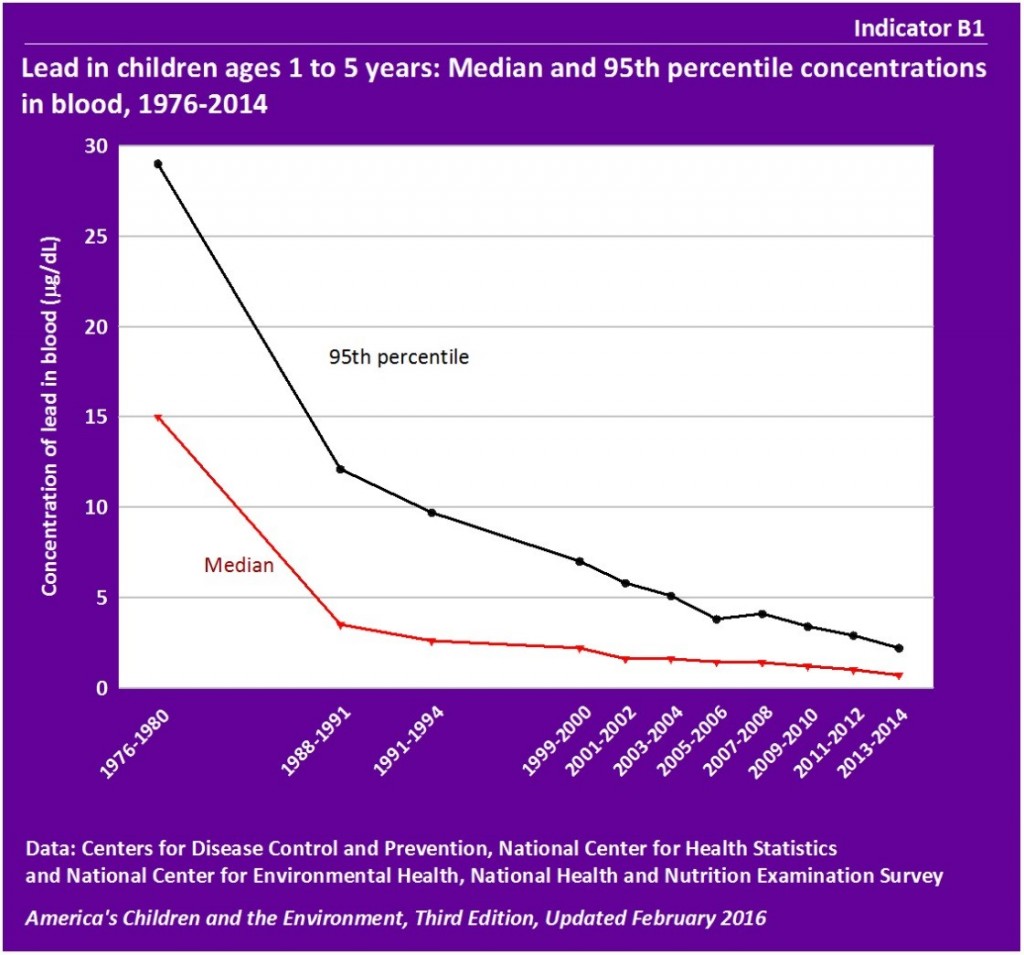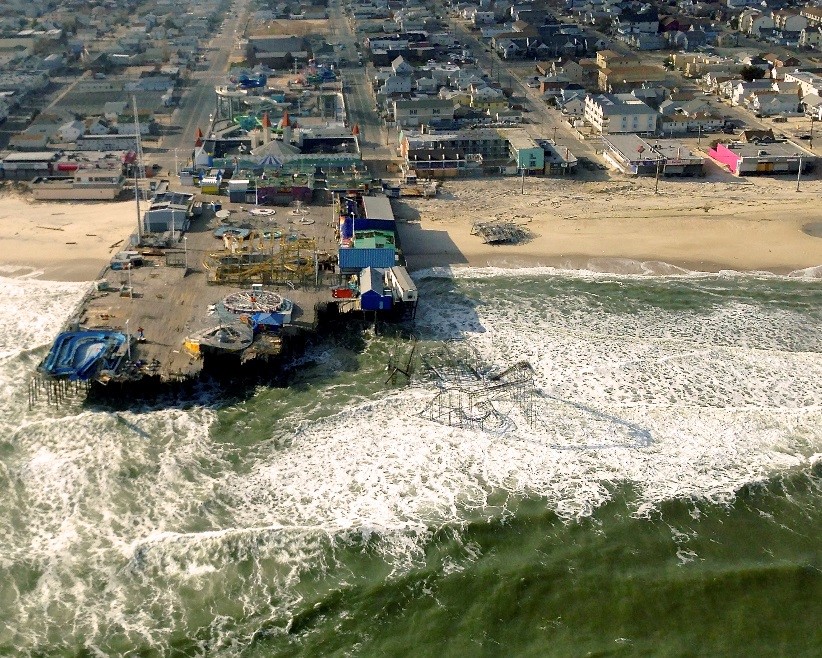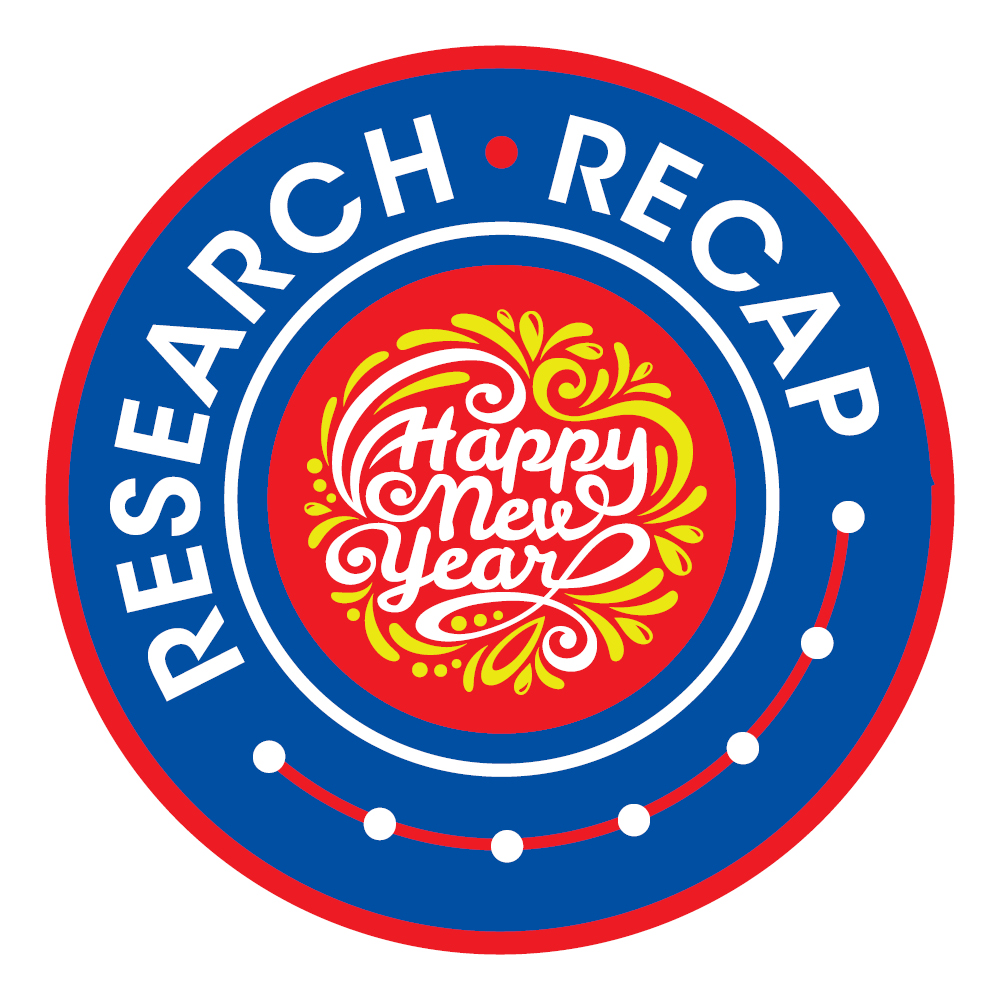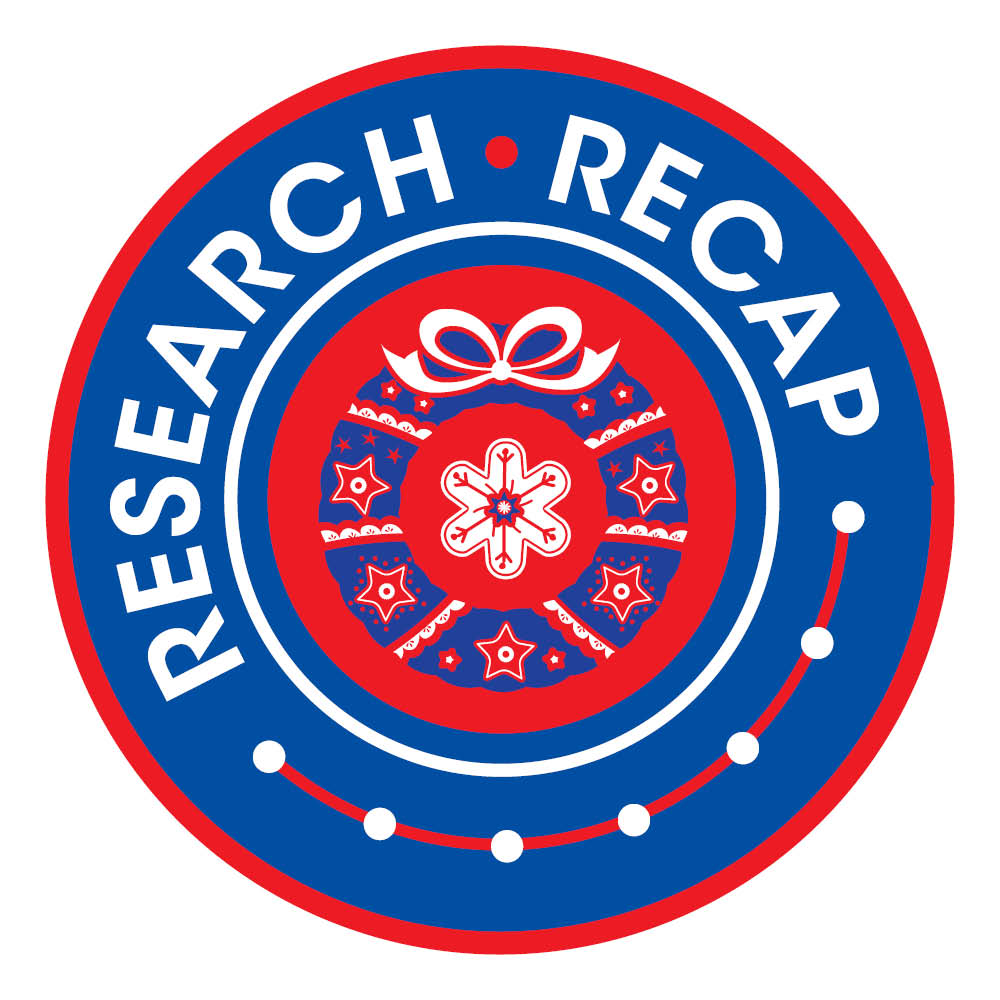EPA Scientists Participate in Study to Determine Causes of Poor Air Quality in Utah Valleys
By Ann Brown and Karen Stewart
Winter in Utah brings to mind crystal clear blue skies, snow-capped mountains, and a long ski season. But during the winter in Utah’s northern valleys, cold air inversions trap pollution emitted from multiple sources, including vehicles, industry, and agriculture. This allows for the mixing of atmospheric chemicals that leads to the formation of PM2.5, which is harmful to health at high levels.
The area’s more than two million residents experience levels that exceed air quality standards an average of 18 days during the winter. It has contributed to a 42 percent higher rate of emergency room visits for asthma and a 4.5 percent increase in the risk for coronary events like heart attacks.
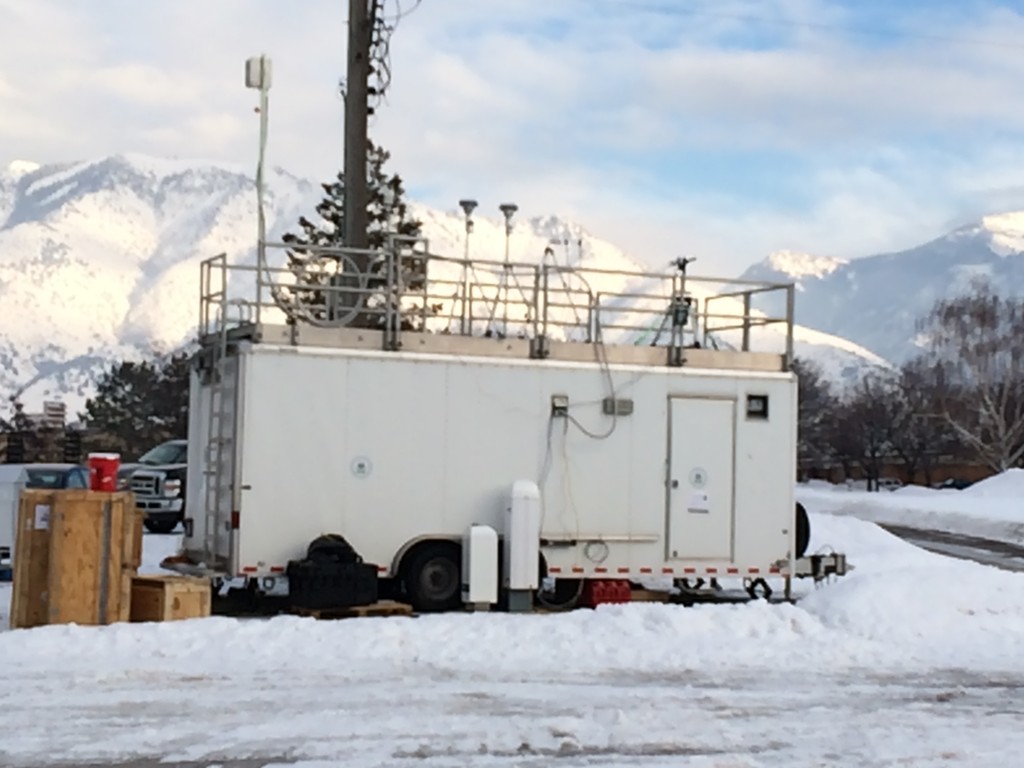
EPA scientists packed up their research trailer with air monitoring instruments and traveled to Logan, Utah to assist with the study.
Earlier this month, EPA scientists packed up their research trailer with air monitoring instruments and traveled to Utah to assist in determining how to solve the area’s air pollution problem. They are participating in the Utah Winter Fine Particle Study, one of the most comprehensive efforts to date to analyze the area’s pollutants and determine the chemical processes in the atmosphere that lead to the formation of PM2.5. The study is being conducted by the Utah Department of Environmental Quality, National Oceanic and Atmospheric Administration (NOAA), and other research organizations.
Starting this week, EPA and its partners in the study are taking daily measurements of air pollutants in three valleys using sophisticated ground-based instruments and remote sensing monitors. EPA scientists are providing their expertise in air quality measurement and have developed new and advanced technology to better monitor air pollutants. At the same time, NOAA’s research aircraft is flying over the region to measure air pollutants in the upper atmosphere.
The study will help to identify key emission sources and evaluate other factors—such as meteorology, geography, snow cover, and time of day—that may play a role in the formation of PM2.5. Once data is collected, Utah can use the information to determine the most effective strategies to reduce PM2.5 levels during the winter months and improve air quality for public health. The study is also expected to help other states with similar mountain valleys make decisions on how to protect air quality for their residents.
About the Authors:
Ann Brown is the communications lead for EPA’s Air, Climate, and Energy Research Program
Karen Stewart is an Oak Ridge Associated University contractor with EPA’s National Exposure Research Laboratory.


